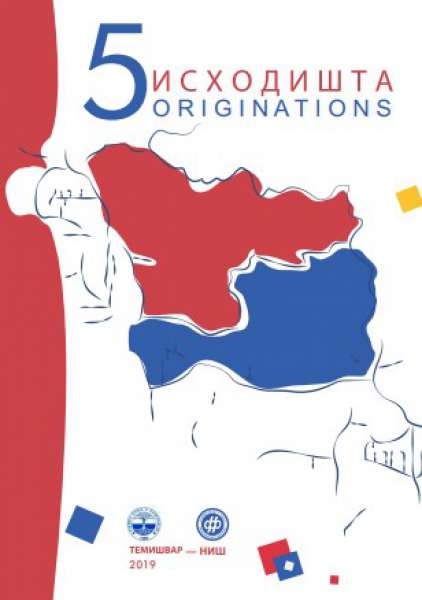КОЛИКО ЈЕ ДРЖАВНА ГРАНИЦА УТИЦАЛА НА ПРОЗОДИЈСКИ СИСТЕМ ГОВОРА М. ГАЈА (У РУМУНИЈИ) И В. ГАЈА (У СРБИЈИ)
A DEGREE OF INFLUENCE OF THE STATE BORDER ON THE PROSODY SISTEM OF THE М. GAJ (IN ROMANIA) AND V. GAJ (IN SERBIA) SPEECHES
Author(s): Žarko BošnjakovićSubject(s): Language studies, Regional Geography, Phonetics / Phonology, Sociolinguistics, South Slavic Languages
Published by: Universitatea de Vest din Timişoara
Keywords: dialectology; Šumadija-Vojvodina dialect; Smederevo-Vršac dialect; prosody;
Summary/Abstract: The author, based on two idiolects (MG1932 and VG1922), determines the prozodic similarities and differences arising from the establishment of the state border between Mali Gaj (in Romania) and Veliki Gaj (in Serbia). Both speeches once belonged to the Smederevo-Vršac dialect (tеle, оtac; volеla, od oveе, vodоm, devоjkom), but they have been exposed to the influence of the Šumadija-Vojvodina dialect (vоda, оtac, vоleli, donеse, bunа#r, dеvо#јkom), which is the reason why these speeches are categorized as transitional. However, Romanian influence (venčаnje > venčаnje, devоjjku > dеvо#jku > dеvojku, iz Temišvаra > iz Temišvаra) is evident, and it is more pronounced in the idiolect from MG. In both idiolects, the frequency of the short-rising accent is very high in the following positions: 1 (sestrа) (MG, 79,60% and VG, 80,19%), 2 (potоk) (MG, 45,94% and VG, 64,81%), 4 (sestrе) (MG, 86.85% and VG, 91.30%). The use of the short-rising accent is more frequent on the Serbian side. In the 4th position, the old place of accent is almost lexicalized (ове, тако) and it is better preserved on the Romanian side (MG, 4.57% and VG, 1.08%). For the kanovački accent in positions 1 (MG, 13,93% and VG, 14,15%) and 2 (MG, 37,83% and VG, 24,07%) it can be said that it is relatively well preserved. However, its frequency is higher on the Romanian side. The New-Shtokavian transmission to a proclitic is absent in both idiolects almost in the same percentage (MG, 71.74% and VG, 71.42%). More pronounced differences were observed in the positions: 3 (lopаta), 5 (sestrоm) and 6 (devоjka), in which the older condition is always better preserved in the Romanian part of Banat (MG, 62.60%: VG, 28.83% , 50.4%: VG, 16.51%, MG, 70.27%: VG, 21.97%), while moving of the accent in the New-Shtokavian direction is more pronounced on the Serbian side. In positions 5 and 6, the postaccentual length is very stable on the Serbian side, while in Romania it is almost lost (VG, 66.97%: MG, 0.8%; (VG, 67.03%: MG 2.70%).
Journal: Исходишта
- Issue Year: 5/2019
- Issue No: 5
- Page Range: 69-82
- Page Count: 14
- Language: Serbian

